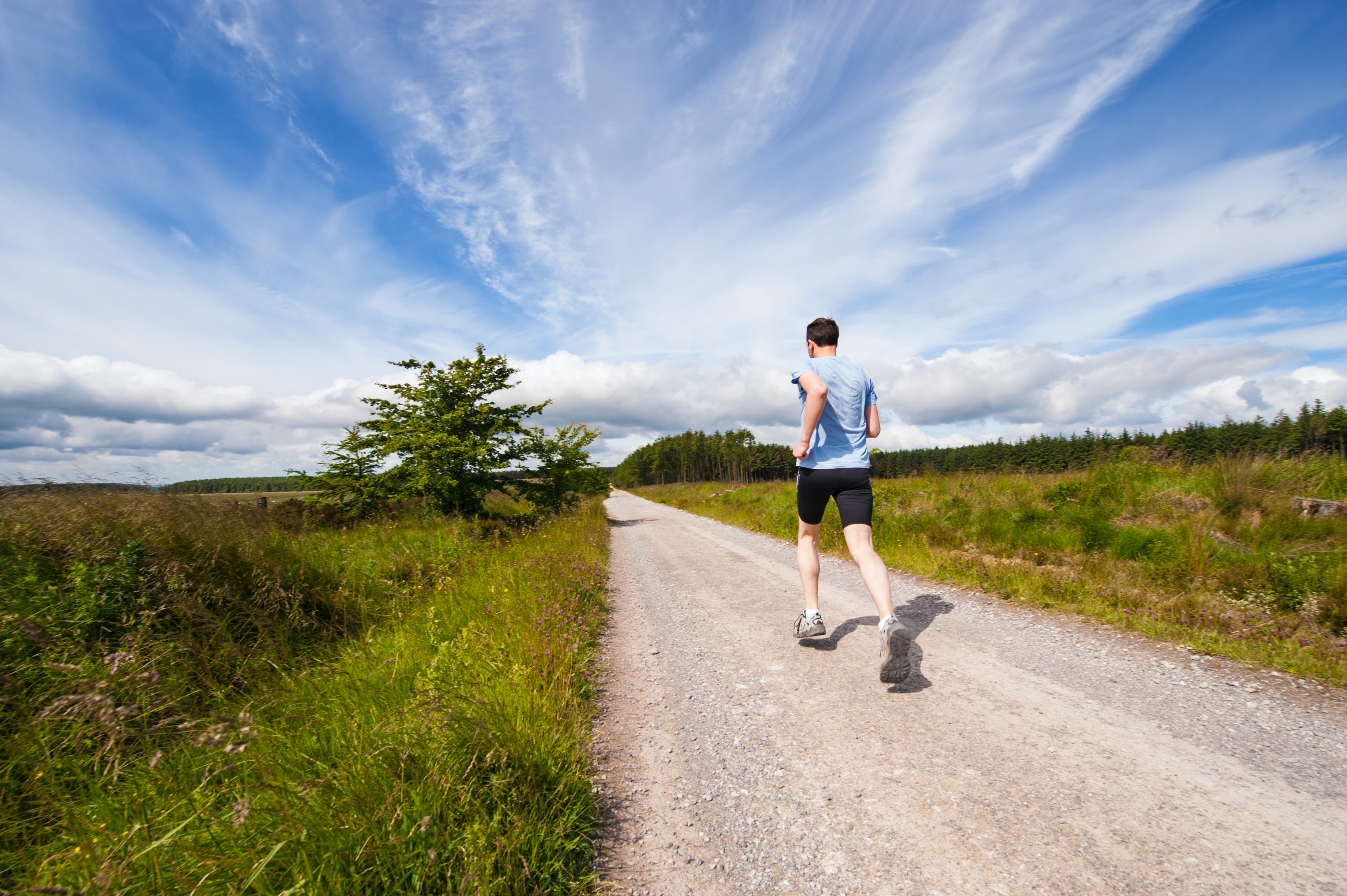What is DOMS?
Delayed onset muscle soreness (DOMS) is a common complaint among triathletes. Our resident physio has some simple exercises to help cope with calf soreness and build muscle endurance

DOMS can occur in multisport athletes, no matter what the duration or intensity level of their training. But, is this just a normal part of training for the sport, or can you do something about it?
Tight or painful calves are often reported the morning after a track session, but just as commonly can occur following a hard hilly bike or after introducing longer runs into your programme.
It’s not only calves though, you can also get DOMS in any muscle that’s put under strain during a session, this might include sore quads after a hilly trail run, or a tight hamstring after sprints around the track.
What is DOMS?
DOMS stands for Delayed Onset Muscle Soreness. It describes painful aching muscles experienced after intense or unaccustomed activities.
It’s important that you report any symptoms to a physiotherapist, as reoccurring tightness/soreness or aggravation, happening for seemingly no reason, may indicate an underlying injury to the muscles or tendons.
- Which muscles do I use when running and cycling up hills?
- How to maintain muscle mass when you’re injured
- Calf muscle tear: What it is and how to treat it
What causes DOMS?
There are up to six proposed mechanisms that may cause DOMS: lactic acid, muscle spasm, connective tissue damage, muscle damage, inflammation, and enzyme efflux.
Two or more of these theories are, however, likely to cause the muscle soreness associated with DOMS. Symptoms can range from muscle tenderness to severe and debilitating pain.
DOMS can affect athletic performance by causing a reduction in joint range of motion, shock attenuation and peak torque. It can last up to 3-5 days, however the peak tends to occur at two days post-activity.
How can you treat DOMS?

Anti-inflammatory medications have demonstrated dosage-dependent effects that may also be influenced by the time of administration.
Massage has also shown varying results dependant on the time of massage application and the type of technique used. But exercise is the most effective way to alleviate the pain, despite the analgesic (painkiller) effect being temporary.
It’s key to note that the degree of muscle soreness does not directly correlate with the degree of exercise-induced muscle tissue damage, this could be where perceived exertion could be misleading.
- What type of foam roller should I use for sore muscles?
- Therabody launches RecoveryAir compression boots
- Hyperice Hypervolt Go review
- Riixo Calf Cuffs and ice ball review
- Best compression socks to help muscle recovery
How can you prevent DOMS in the calf?
There are a number of factors you can consider to ensure that your calf health is as good as possible to allow full training:
- Correct footwear.
- Podiatry assessment and the use of insoles if indicated.
- Planned weekly training, so that intense sessions are spread throughout the week, allowing sufficient recovery time.
- A graded increase in training as your workout volume and intensity builds.
- A structured stretching and foam roller programme, targeting specific tight spots.
- Regular soft tissue therapy.
Ensuring sufficient recovery is essential post training sessions, so consider nutritional and hydration status too.
There are lots of other aids and devices that are said to be effective to help recovery, including ice baths, compression garments and electrical stimulation machines. If you’re considering these, look into their pros and cons and effects thoroughly, and find what works individually for you and your training.
- Nine tips for dodging injury and illness as a triathlete
- How can I prevent calf muscle cramp towards the end of the bike leg?
- How to relieve muscle soreness after a hard workout
Pick the right footwear
We mention footwear repeatedly when discussing injuries, as it can be a contributing or easing factor in so many cases. So how do you know you’re in the right shoe, and what other factors need to be considered when choosing them?
Fit for your foot type: Where possible, get an assessment of your foot type (either through a run shop or podiatrist). This will give you an indication of the type of shoe you need: neutral, pronation control, etc.
Insoles: If you’re prescribed insoles, get advice on the type of shoe it should be placed in. Also wear the insole in gradually, normally for an hour on day one, increasing by an hour a day until you’re using the insole and are comfortable for 7 hours; then commence your running.
Shoe vs terrain: It may be necessary to have several pairs of trainers if you vary your running between road, track and trails.
Renewal: Keep an eye on the sole of the trainer. All trainers are only built to do a certain number of miles before the shock absorption begins to fail. When this happens, a new pair will be needed.
Warning! If you always buy the same type/make of shoe, check that these are consistent. Some manufacturers bring out a new shoe each season with the same name, but the structure of the shoe has changed.
Trainers for you: Finally/obviously, make sure you’re happy and comfortable in the shoe. Good running shops will have a treadmill so you can try the shoe for a good 5–10mins of running before buying.
Simple calf exercises for endurance
A tight calf or calf soreness/niggle in the muscle may be due to your running or landing biomechanics, but more often than not it’s a loading issue.
The calf complex is either unable to cope with the amount or type of load you’re putting through the calf or it’s having to work too hard to compensate for weaknesses in its surrounding musculature.
Top image: Getty Images / Ironman




